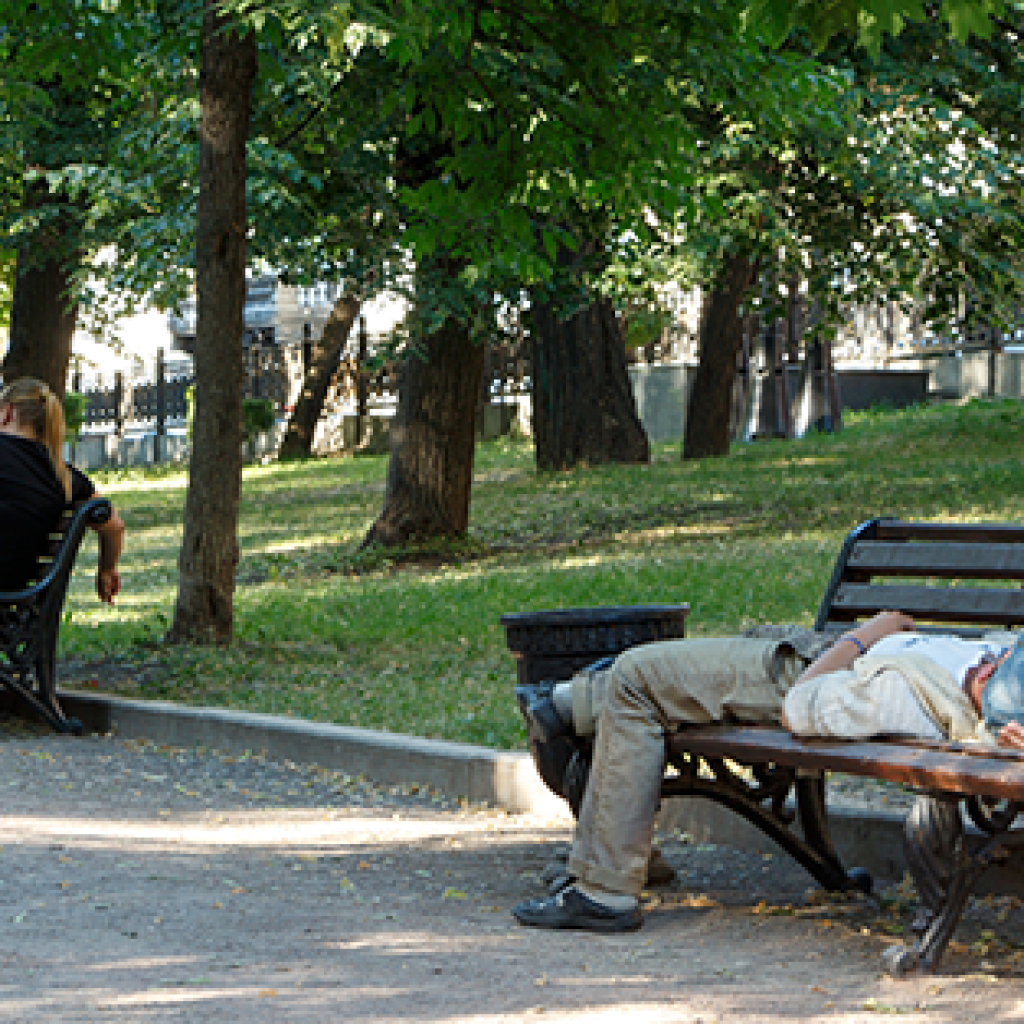The Power of Pause: Embracing Rest and Renewal at New Year’s
Across cultures and throughout history, the start of a new year has been seen as an opportunity to reflect on the past and plan for the future. For centuries, the transition from one year to the next has served as a time for introspection, renewal, and goal setting. This blog offers a brief look at the history of New Year’s traditions and how they have evolved over time, followed by ideas and a plan to practice reflection and renewal as you enter the New Year.
The History of New Year’s Traditions
The earliest recorded New Year celebrations date back to ancient Mesopotamia around 2000 BCE. The Babylonians marked the spring equinox with an 11-day festival called Akitu, which included rituals to renew the king’s power and affirm personal commitments to their gods, often through vows or promises. In 46 BCE, Julius Caesar reformed the Roman calendar, designating January 1 as the start of the year in honor of Janus, the two-faced Roman god of beginnings, endings, and transitions. Janus was believed to look both backward at the old year and forward to the new, symbolizing reflection and preparation. To honor Janus, Romans made offerings and pledged improvements in both their personal and civic lives.
By the Middle Ages, much of Europe had aligned the New Year with religious festivals based on liturgical calendars, such as Easter and Christmas. New Year’s was celebrated as a time for prayers, fasting, and spiritual reflection. During the 17th and 18th centuries, New Year’s resolutions gained popularity in Western cultures, influenced by Enlightenment ideals of personal and societal progress. This period shifted the focus of New Year traditions toward self-improvement and introspection.
By the 19th century, the practice of making New Year’s resolutions had become deeply ingrained in American culture. Newspapers and magazines encouraged individuals to reflect on their past behaviors and commit to positive changes for the year ahead. Today, New Year’s traditions combine cultural practices, personal goal setting, and gratitude, reflecting the enduring human desire for renewal and growth.

The New Year is often seen as a liminal moment—a threshold between what was and what could be—fueling hope, renewal, and the potential for transformation. Many New Year traditions are communal, involving festivals, ceremonies, or collective rituals that foster a sense of unity and shared experience. These practices emphasize the importance of social bonds during times of transition. Together, these themes highlight humanity’s universal desire to reflect, renew, and grow, marking the passage of time with practices that resonate deeply across cultures and generations.
Across time, several common themes have emerged in New Year’s practices. Reflection and renewal have consistently marked this time as an opportunity to assess the past, reflect on life, and prepare for the future. Whether through personal vows, spiritual reflection, or setting goals, the New Year has served as a moment for introspection and renewal. Rituals and ceremonies have also played a significant role in these celebrations, from Babylonian festivals to Roman offerings to Janus, symbolizing the transition of letting go of the old and welcoming the new. A focus on self-improvement and personal commitments is another key theme, as seen across cultures and eras. Whether pledging to gods, striving for moral or spiritual growth, or setting resolutions, the New Year has long been a time for intentional change. As the year draws to a close, the New Year offers a unique opportunity to pause, reflect, and reset.
Ideas and a Plan for Reflection and Renewal at New Year’s
Here’s a guide with several options to help you choose what works best for embracing reflection and renewal for the upcoming year. These rituals are designed to help you release what no longer serves you, honor your growth, and set meaningful intentions for the future. Each practice can be customized to suit your personal preferences, creating a powerful experience that aligns with your values and goals.
Honor the Winter Season: A Time to Rest and Renew: By honoring the quiet, reflective nature of winter, you create space to rest, reset, and prepare for the renewed energy of the coming seasons.
Rest and Recharge
Winter invites us to slow down and replenish our energy. Embrace the season’s natural rhythm by prioritizing rest—whether it’s sleeping in, savoring quiet moments, reading a book, or taking long walks in nature to ground yourself.

Reconnect with Purpose
Winter is a perfect time for introspection. Reflect on what truly matters to you and revisit your core values. Assess how your actions have aligned with your values this past year and consider how you might adjust moving forward to live more intentionally and in harmony with your purpose.

Declutter and Simplify
Just as nature sheds the old to make way for new growth, use this time to clear out physical and mental clutter. Organize your space, release outdated habits, and let go of commitments that no longer serve you.

Meditation and Guided Imagery for Reflection and Renewal
Meditation and guided imagery are scientifically-supported practices that calm the mind, reduce stress, and improve emotional well-being. Meditation enhances focus and self-awareness, while guided imagery uses visualization to access vivid mental images or a felt sense helping you visualizing yourself in a serene natural environment, imagining achieving personal goals, or picturing yourself overcoming challenges. The goal is to engage the senses in a way that reduces stress, enhances mood, and encourages a sense of calm and clarity. Guided imagery leverages the mind-body connection, using the brain’s ability to influence physiological responses like heart rate and muscle tension to promote relaxation and healing. These practices help you reflect on the past year, clear mental clutter, and prepare for the year ahead.
To get started, here’s a link to a guided meditation that can help you relax, reflect, and renew:
Voice by Heather Haslem. Music by James Brown , song titled “Vital” of the album The Fragile. Licensed under University of Nevada, Reno through Universal Production Music.
Reflect on the Past Year through Reflective Writing
Reflective writing offers a powerful way to process experiences, allowing you to gain deeper insight into your thoughts, emotions, and actions. It helps clarify what you’ve learned, identify patterns in your behavior, and uncover areas for growth, fostering greater self-awareness and personal development.
Set the Stage
Create a Quiet Space
 Find a calm and comfortable place where you won’t be interrupted. Light a candle, play soothing music, or grab your favorite warm beverage to make it special.
Find a calm and comfortable place where you won’t be interrupted. Light a candle, play soothing music, or grab your favorite warm beverage to make it special.
Choose Your Tools
 Gather a journal, pen, or any medium that helps you organize your thoughts, such as an app or voice recorder. If you’d like to get creative, you can always draw or paint some of responses as well.
Gather a journal, pen, or any medium that helps you organize your thoughts, such as an app or voice recorder. If you’d like to get creative, you can always draw or paint some of responses as well.
Choose the questions that resonate most with you
 You have the best understanding of what happened in your life this past year. Take time to reflect on the questions that feel most meaningful to you.
You have the best understanding of what happened in your life this past year. Take time to reflect on the questions that feel most meaningful to you.
Reflect on the Past Year
Honor Your Achievements: Reflect on the accomplishments, joyful moments, and milestones that made the year meaningful.
- What are you most proud of this year?
- What moments brought you joy, and who shared them with you?
- What have you learned about yourself, and what lessons will you carry forward?
- How did you experience meaning or purpose this year, and how can you nurture that in the year ahead?
- What were the key milestones from the past year that had the most impact on your personal or professional growth?
Acknowledge Challenges: Take time to reflect on the difficulties you faced.
- What challenges did you face this year, and what emotions did they stir in you? Are there any of those emotions you are still carrying with you?
- What do you need to feel safe as you reflect, and are there parts of these experiences you haven’t processed yet?
- What have you learned about yourself through these challenges, and which coping mechanisms helped you navigate them? Are there any coping strategies that haven’t served you well that you’d like to adjust moving forward?
- In what ways have you shown resilience or strength?
- What can you do today to bring healing or peace, and who or what can you turn to for support as you continue processing this?
Identify Patterns: Reflect on the habits, relationships, or choices that served you well and those that may need reevaluation.
- What patterns have emerged in your behaviors, routines, or relationships?
- Which of these have positively impacted your life, and which may be holding you back?
- Are there recurring challenges or successes that provide insight into your decision-making?
- How can you build on the positive patterns and make intentional changes to the ones that need improvement?
- Are there any habits, relationships, or choices you feel ready to let go of in order to create space for healthier patterns in the future?
- Who do you need support from to make these changes, and who do you need to communicate with about the patterns you want to shift?
Write a Letter to Yourself

Future Self Letter
Sit in a quiet space and reflect on the year ahead. Imagine yourself a year from now—what have you achieved? What personal growth have you experienced? What dreams have come closer to reality? Write a letter to this future version of yourself, expressing your hopes, goals, and intentions. Seal it in an envelope and write the date on it: “To be opened on next year on this date.”
Past Self Letter
Reflect on the past year and the journey you’ve traveled. Write a letter to your past self, acknowledging the challenges you’ve overcome, the lessons learned, and the pride you feel for your growth. Share gratitude for your resilience and celebrate your successes. Keep this letter as a reminder of how far you’ve come.
Create a Ritual to Anchor Your Reflection
A New Year’s ritual offers a meaningful way to reflect on the past and set intentions for the year ahead. Here are two meaningful rituals for welcoming the New Year:
The Release and Renewal Ritual: This ritual is about letting go of the past and making room for new growth. Write down everything you want to release—negative patterns, regrets, or anything that no longer serves you. Once you’ve written it down, perform a symbolic gesture like burning the paper, burying it, or tearing it up and scattering the pieces. As you do this, visualize releasing these burdens and making space for new opportunities and personal growth in the year ahead. This act of clearing space can create a sense of renewal, readying you for the future.
The Vision Jar Ritual: This ritual is about setting intentions and creating a tangible reminder of your goals. Write down your hopes, dreams, and intentions for the coming year on small pieces of paper. Place them in a jar and keep it somewhere visible. Throughout the year, add any accomplishments, milestones, or moments of growth to the jar. At the end of the year, open the jar and reflect on how far you’ve come, celebrating the positive changes and achievements you’ve experienced.
Set Intentions for the New Year
Setting clear intentions for the New Year is a powerful way to start fresh and create a purposeful direction for the months ahead. It’s a chance to focus your energy on what truly matters, cultivate a positive mindset, and approach the year with intention and clarity.
Choose a Word or Theme
 Pick a guiding word or theme for the year that resonates with your aspirations (e.g., “balance,” “courage,” or “growth”).
Pick a guiding word or theme for the year that resonates with your aspirations (e.g., “balance,” “courage,” or “growth”).
Set Meaningful Goals
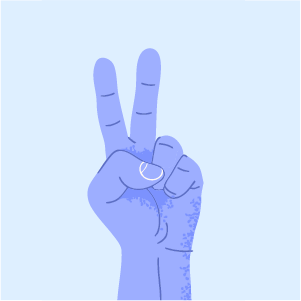 Focus on goals that align with your values and are achievable. Break them into small, actionable steps. Identify how you will stay accountable to these goals.
Focus on goals that align with your values and are achievable. Break them into small, actionable steps. Identify how you will stay accountable to these goals.
Practice Gratitude
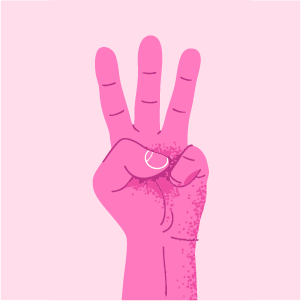 Take a moment to write down a few things you’re grateful for. This practice helps cultivate a positive mindset, enhances well-being, and sets the tone for a hopeful and purposeful start to the new year.
Take a moment to write down a few things you’re grateful for. This practice helps cultivate a positive mindset, enhances well-being, and sets the tone for a hopeful and purposeful start to the new year.
Maintain Momentum Throughout the Year
Staying committed to your intentions throughout the year requires ongoing effort and reflection. This approach ensures that your growth remains steady, intentional, and sustainable.

Regular Check-Ins: Schedule monthly or quarterly moments to revisit your intentions and reflect on your progress.

Celebrate Small Wins: Acknowledge achievements, no matter how small, to stay motivated and inspired.
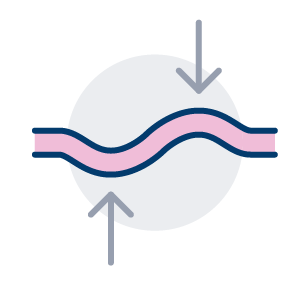
Identify and Adjust: Regularly assess what’s not working and be willing to adjust your approach. Flexibility and recalibration can help you stay aligned with your intentions and continue making progress.
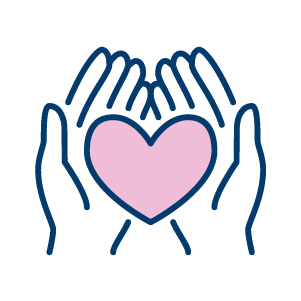
Be Kind to Yourself: Remember, renewal is an ongoing process. Allow room for flexibility and self-compassion.

Reach for Support: Consider partnering with an accountability buddy or seeking support from others to stay on track and gain encouragement as you work toward your goals.
Practicing renewal at New Year’s offers a powerful opportunity to rest, reflect, and reset. Reflection is a key part of this process, as it allows you to gain insight into the past year, identify lessons learned, and clarify what truly matters moving forward. By creating space for rest, embracing stillness through reflection, and decluttering both physically and mentally, you can clear the path for a fresh start. Nurturing your body with self-care, setting intentions rather than rigid goals, and embracing the quiet pace of the season all contribute to a deeper sense of renewal. This intentional focus allows you to align with the natural rhythms of life, emerging rejuvenated and prepared for the energy and action of the year ahead.
References
Everett, A. (2023). New Year’s resolutions: Building good mental health habits. SAMHSA. https://www.samhsa.gov/blog/new-years-resolution-building-good-mental-health-habits
OpenAI. (2024). ChatGPT (Version 4) [AI language model]. Assisted in generating ideas and editing content for flow for a blog post on new year’s reflections. Retrieved December 23, 2024, from https://chat.openai.com
The Editors of Encyclopaedia Britannica. (2024). New Year festival. Encyclopaedia Britannica. https://www.britannica.com/topic/New-Year-festival
Blog Post Tags:
Related Blog Posts
Related Learning Labs
Related Resources
.
- Buscar Tratamiento de Calidad para Trastornos de uso de Sustancia (Finding Quality Treatment for Substance Use Disorders Spanish Version)
- Finding Quality Treatment for Substance Use Disorders
- Focus On Prevention: Strategies and Programs to Prevent Substance Use
- Monthly Variation in Substance Use Initiation Among Full-Time College Students
- The National Survey on Drug Use and Health (NSDUH) Report: Monthly Variation in Substance Use Initiation Among Adolescents


